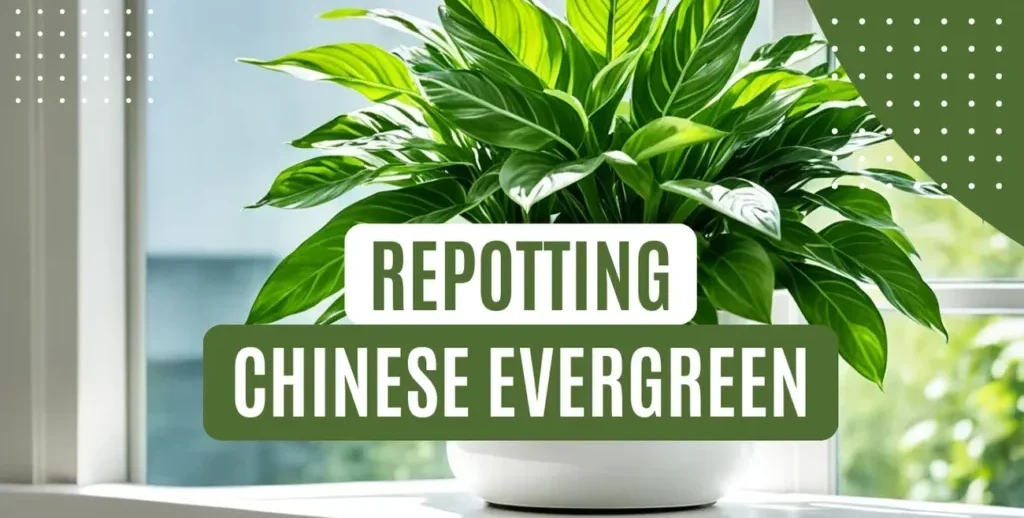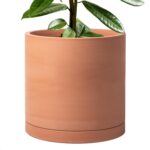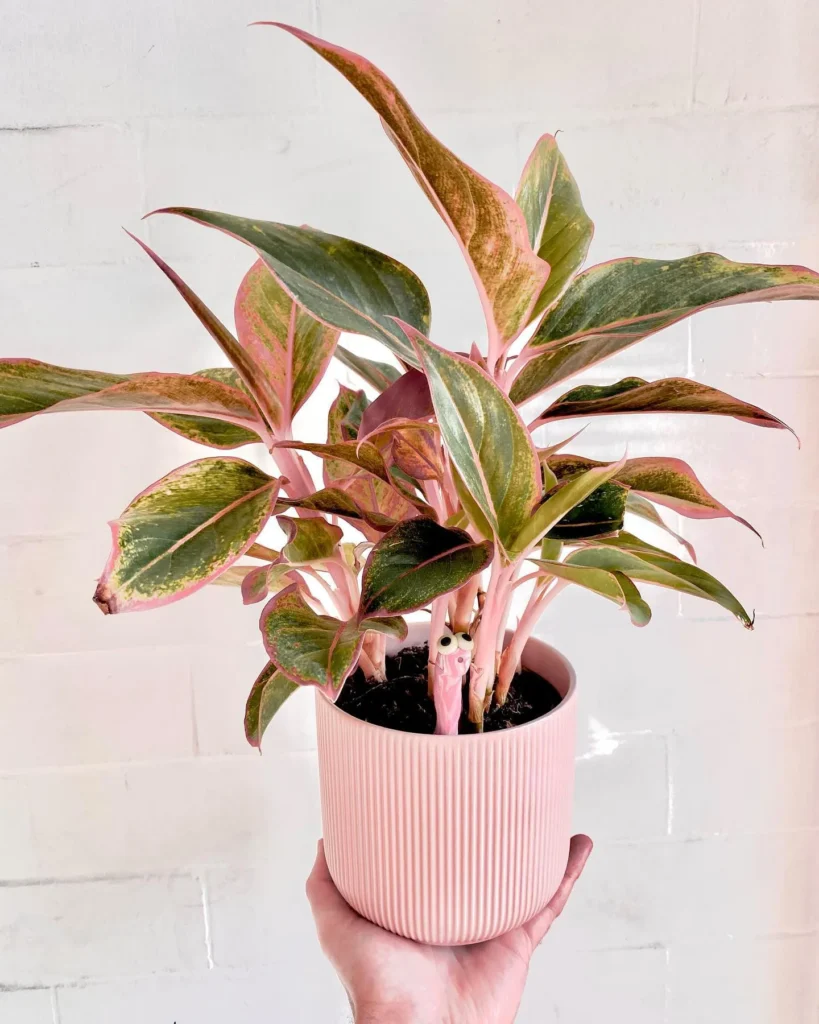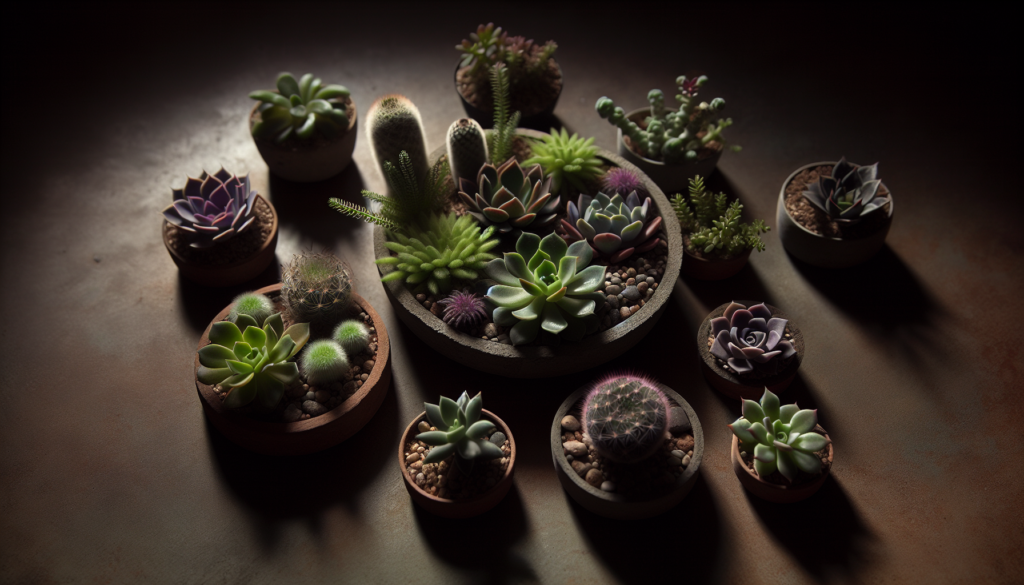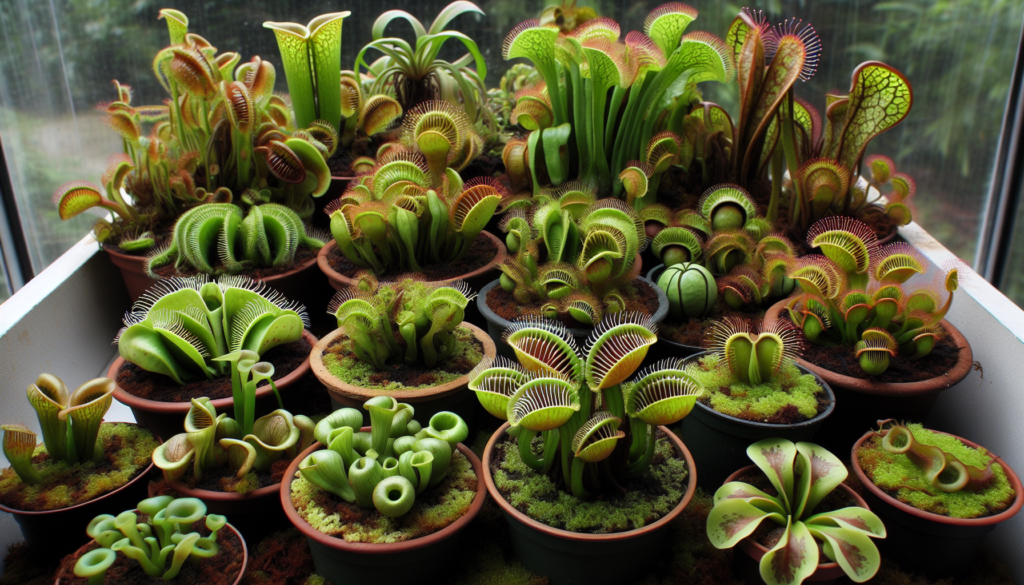To repot a Chinese Evergreen, gently remove the plant from its current container, untangle any circling roots, place it in a new pot with fresh, well-draining potting mix, and water it thoroughly.
This comprehensive guide simplifies repotting Chinese Evergreens, covering when to repot, selecting the appropriate pot and potting mix, and a step-by-step repotting process. It also includes aftercare tips and common mistakes to avoid, ensuring your plant’s health and vitality in your home, regardless of your experience level.
Why Repotting is Important for Chinese Evergreen
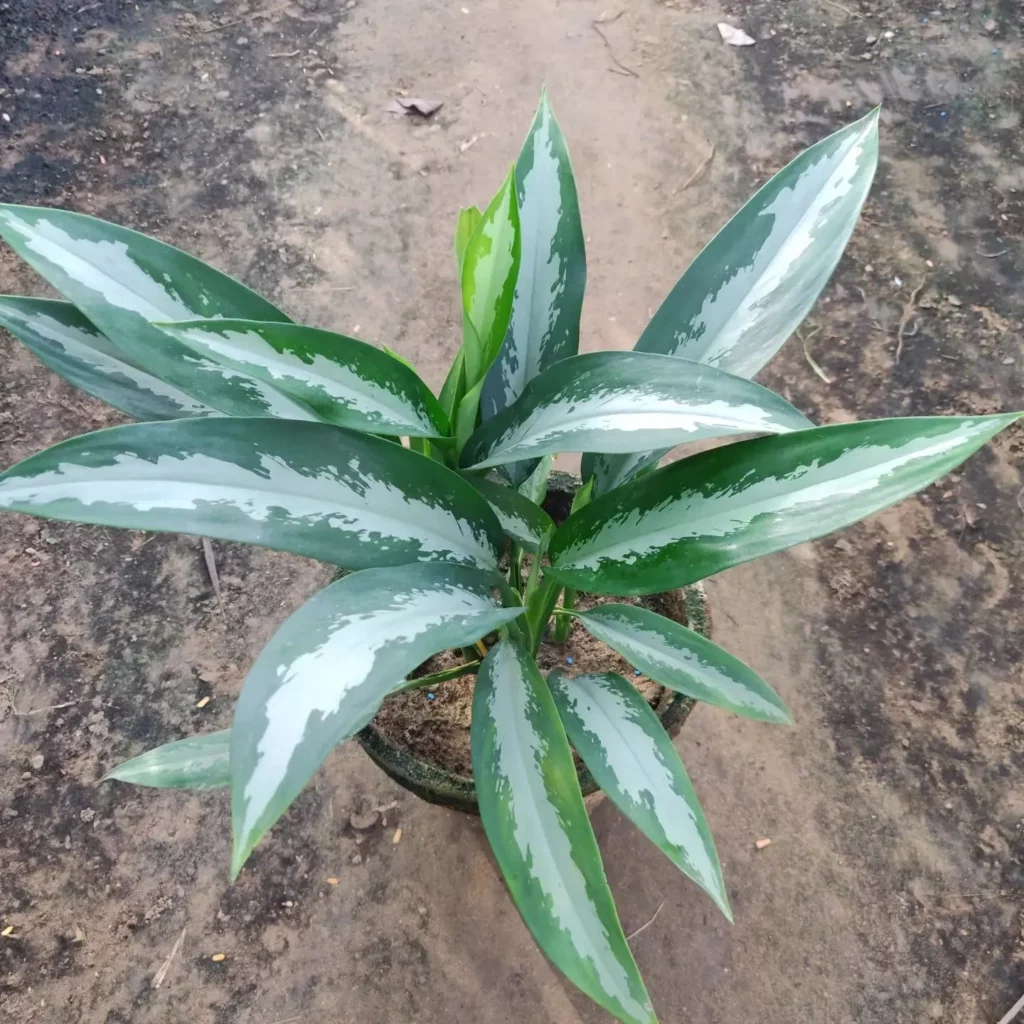
In order to promote the healthy growth and well-being of your Chinese Evergreen plant, it is essential to understand the importance of repotting. Repotting is a vital component of plant care that helps prevent issues such as root-bound conditions and ensures optimal development and longevity.
When we talk about repotting, we’re referring to the process of transferring your Chinese Evergreen to a new container with fresh soil. This allows the plant to have enough space for root expansion, access to essential nutrients, and proper drainage.
Chinese Evergreens are known for being resilient and adaptable houseplants. However, as they grow, their roots can become crowded within the existing container, inhibiting their ability to absorb water and nutrients effectively.
Repotting provides an opportunity to rejuvenate the plant by giving its roots more room to spread out and access the resources they need for healthy growth.
An important aspect of repotting is the selection of an appropriate container. The new pot should be slightly larger than the previous one, allowing the roots to have ample space to grow.
Additionally, consider choosing a pot with drainage holes to ensure proper water drainage and prevent waterlogged soil, which can lead to root rot.
Benefits of Repotting
- Promotes root growth and prevents root-bound conditions
- Enhances nutrient absorption and overall plant health
- Improves water drainage and reduces the risk of overwatering
- Allows for the addition of fresh, nutrient-rich soil
- Supports the development of a fuller and more vibrant plant
Signs that Your Chinese Evergreen Needs Repotting
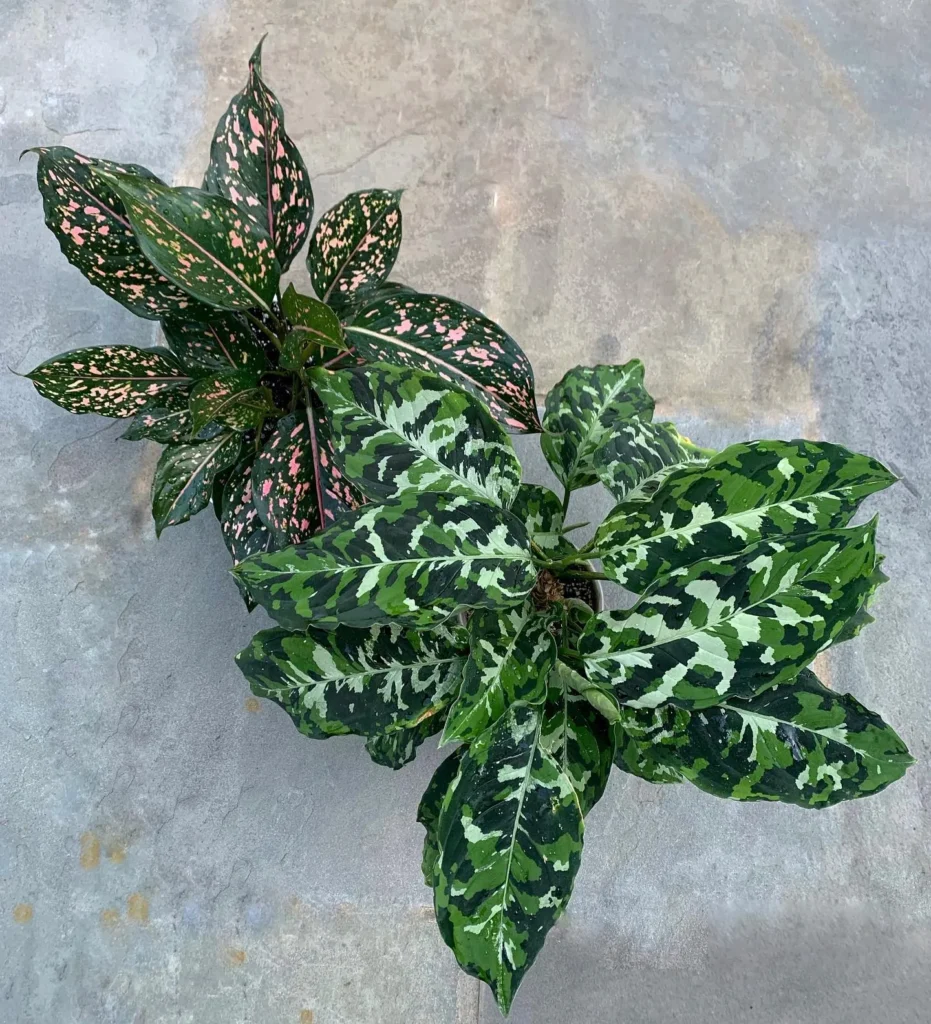
If you want your Chinese Evergreen to thrive, it’s important to keep an eye out for signs that indicate it needs repotting. By recognizing these telltale clues, you can ensure that your plant remains healthy and happy.
One common sign that your Chinese Evergreen is due for repotting is root overcrowding. Take a look at the drainage holes at the bottom of the current pot.
If you notice a dense tangle of roots protruding from the holes or circling around the edges of the pot, it’s a clear indication that your plant has outgrown its current home. Repotting into a larger container will provide the roots with the space they need to continue growing.
Poor drainage is another red flag that your Chinese Evergreen needs repotting. If you observe that the water is taking longer to drain or there is standing water at the bottom of the pot, it could be a sign of compacted soil or blocked drainage holes.
These issues can lead to root rot and other problems, so it’s essential to address them promptly by repotting your plant in fresh, well-draining soil.
Choosing the Right Pot for Repotting
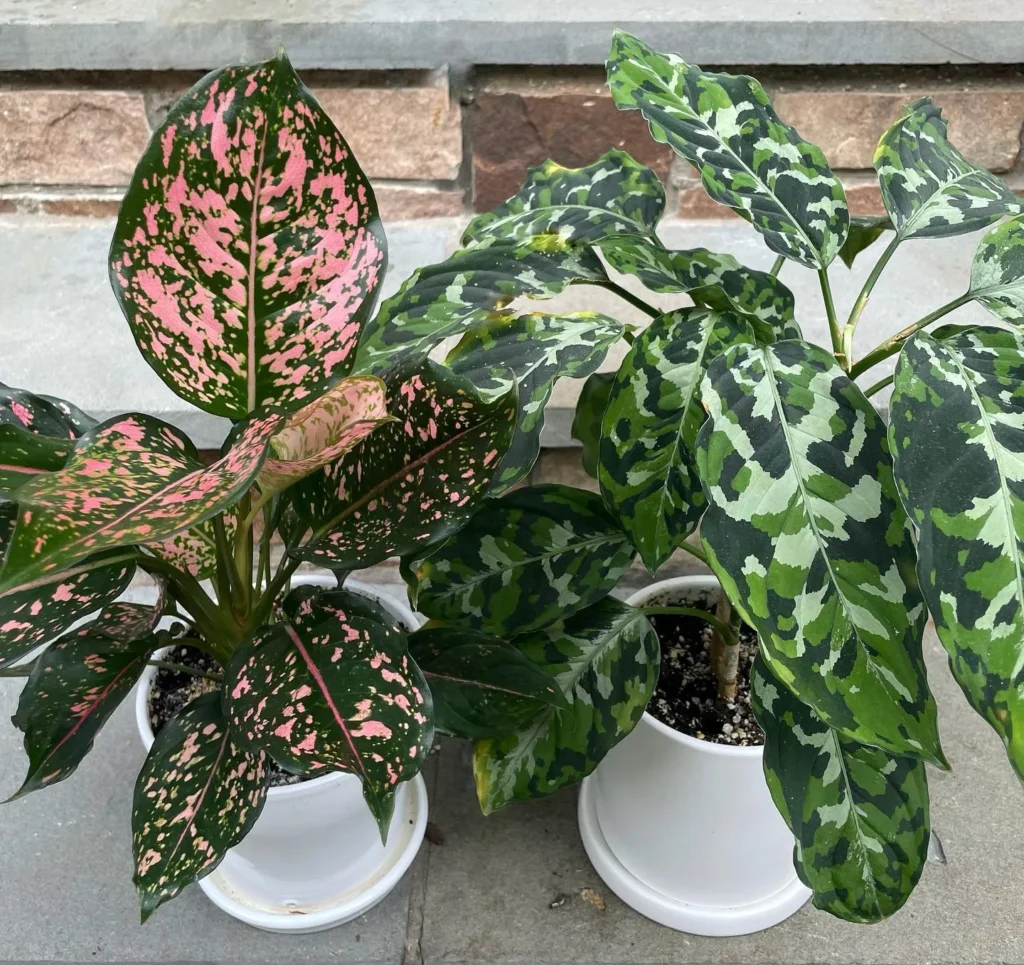
Instagram @hoyacakes
When it comes to repotting your beloved Chinese Evergreen, selecting the right pot is essential for its continued growth and well-being. Consider the following factors to ensure you make the best choice:
- Size: Opt for a pot that is one size larger than its current container. This allows room for the roots to grow without overwhelming the plant.
- Material: Choose a pot made from breathable materials, such as terracotta or ceramic, to promote proper airflow and prevent waterlogging. These materials also provide stability for your plant.
- Drainage: The pot should have drainage holes at the bottom to allow excess water to escape. This helps prevent waterlogged soil and decreases the risk of root rot.
Preparing the Potting Mix
To ensure optimal growth for your Chinese Evergreen, it’s essential to prepare the right potting mix. The ideal potting mix provides the necessary nutrients, moisture retention, and drainage for your plant to thrive.
Here’s how you can create the perfect potting mix:
- Soil: Start with a high-quality potting soil as the base of your mix. Look for a well-draining soil that retains moisture without becoming waterlogged.
- Compost: Add compost to enrich the soil and provide additional nutrients. Compost helps improve the overall fertility and structure of the potting mix.
- Other Additives: Consider incorporating other additives such as perlite or vermiculite to improve drainage and aeration. These additives help prevent waterlogging and root rot.
Repotting Your Chinese Evergreen – Step by Step
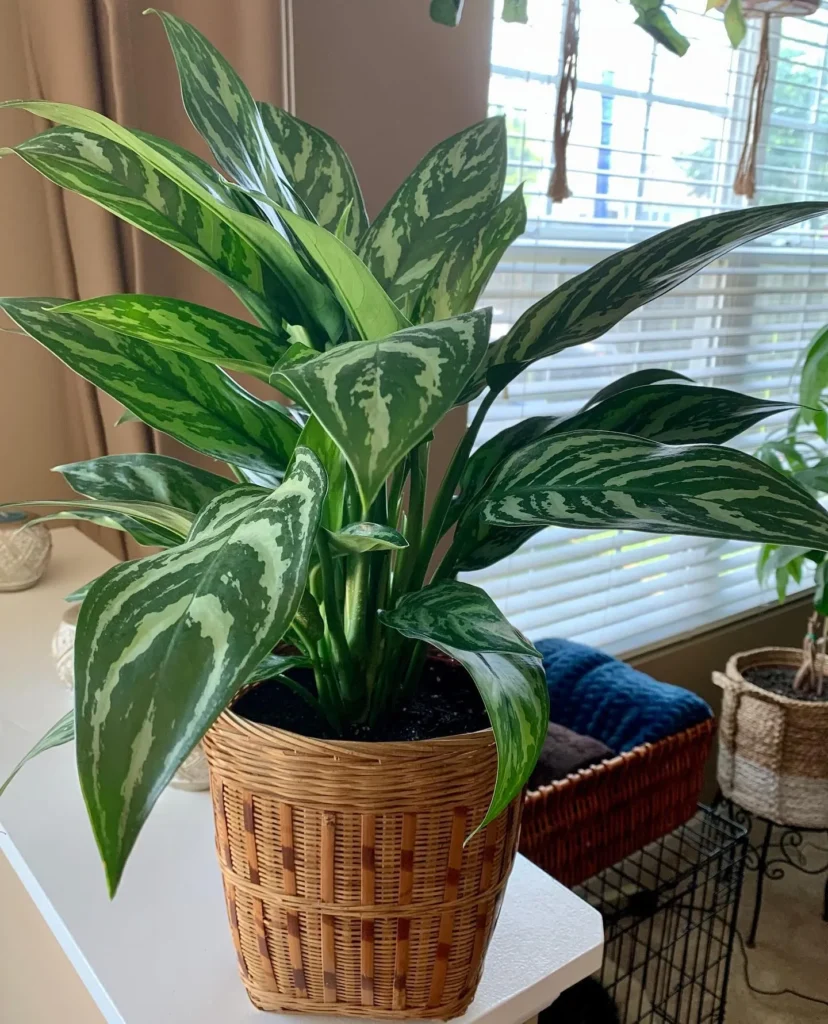
Repotting your Chinese Evergreen is an essential part of plant care, ensuring its continued growth and well-being. By following these step-by-step instructions, you can give your Chinese Evergreen the perfect home it deserves.
Gather Your Supplies
Before you begin, gather all the necessary supplies:
- A new pot that is one size larger than the current one
- High-quality potting mix
- Gardening gloves
- A trowel or small garden shovel
- Watering can or spray bottle
Prepare the New Pot
Fill the new pot with fresh potting mix, leaving enough space at the top for the roots of your Chinese Evergreen.
Remove the Plant from its Current Pot
Gently tap the bottom of the pot to loosen the root ball. Carefully remove the plant from its current pot, taking care not to damage the roots.
Inspect and Prune
Examine the roots for any signs of damage or disease. Trim any brown or black roots with sterile pruning shears or scissors.
Place the Plant in the New Pot
Position the plant in the center of the new pot, ensuring that it sits at the same depth as before. Add more potting mix around the sides, gently pressing it down to secure the plant.
Water and Settle
Thoroughly water the plant until water drains out from the bottom of the pot. Allow the water to settle for a few minutes before moving the plant to its desired location.
Aftercare
Place your newly repotted Chinese Evergreen in a spot with indirect sunlight and maintain regular watering. Avoid overwatering, as it can lead to root rot.
Aftercare for Your Repotted Chinese Evergreen

Once you have successfully repotted your Chinese Evergreen, it’s important to provide the right aftercare to ensure its health and thriving. Here are some essential tips and techniques to help your newly repotted plant adjust and flourish.
- Placement: Find a suitable location for your repotted Chinese Evergreen. Ideally, it should be placed in an area with indirect sunlight and consistent temperature.
- Watering: Maintain proper watering habits to prevent over or under watering. Check the moisture level of the soil and water when the top inch feels dry. Remember, Chinese Evergreens prefer slightly moist soil but not waterlogged conditions.
- Fertilization: Feed your repotted Chinese Evergreen with a balanced houseplant fertilizer every 2-3 months during the growing season. Follow the instructions on the fertilizer packaging for application rates.
- Humidity: Chinese Evergreens appreciate higher humidity levels. You can increase humidity by placing a tray of water near the plant or using a humidifier. Alternatively, misting the leaves occasionally can also help.
- Pruning: Regularly inspect your Chinese Evergreen for any dead, yellowing, or damaged leaves. Prune them off using clean, sharp scissors or pruning shears. This will promote new growth and maintain the plant’s appearance.
- Pest Control: Keep an eye out for common houseplant pests like aphids, mealybugs, and spider mites. If you notice any signs of infestation, promptly treat the affected areas with appropriate insecticidal soap or neem oil.
Common Mistakes to Avoid

When it comes to repotting your Chinese Evergreen, there are a few common mistakes that many people make. By avoiding these errors, you can ensure the best results for your plant. Let’s explore some of these key mistakes and learn how to steer clear of them.
- Choosing the wrong pot size: One of the biggest mistakes is selecting a pot that is either too small or too large for your Chinese Evergreen. A pot that is too small can restrict root growth, while a pot that is too large can lead to overwatering. Choose a pot that allows for some growth but still provides a snug fit.
- Using the wrong type of soil: Another mistake is using the wrong type of soil for repotting. Chinese Evergreens prefer well-draining soil that retains moisture without becoming waterlogged. Avoid using heavy, compacted soil that can lead to suffocation of the roots. Instead, opt for a well-balanced potting mix specifically formulated for houseplants.
- Repotting at the wrong time: Timing is crucial when it comes to repotting your Chinese Evergreen. Avoid repotting during the plant’s dormant phase or when it is actively flowering. The best time to repot is during the spring or early summer when the plant is actively growing and can recover more quickly.
- Neglecting root inspection: Many people forget to inspect the roots of their Chinese Evergreen before repotting. It’s important to check for any signs of root rot or damage. Trim away any unhealthy or dead roots before repotting to promote better growth.
- Overwatering after repotting: Overwatering is a common mistake made after repotting. In an attempt to help the plant adjust, some people tend to overcompensate with excessive watering. Remember to adjust your watering routine accordingly but avoid overwatering, as this can lead to root rot and other issues.
Final Thoughts

Repotting your Chinese Evergreen is a simple and essential step for ensuring its long-term health and vitality. By following the step-by-step guide provided in this article, you can confidently give your plant the best chance to thrive.
Remember, repotting is important because it allows your Chinese Evergreen to have sufficient room for root growth, prevents root-bound issues, and promotes optimal nutrient absorption. Look out for signs such as overcrowded roots or poor drainage, as they indicate that repotting is necessary.
When choosing a pot for repotting, consider factors like size, material, and drainage capabilities. A pot that is slightly larger than the current one will provide ample space for root expansion.
Additionally, preparing the right potting mix, rich in organic matter and well-draining, is crucial for ensuring your Chinese Evergreen’s overall well-being.
After repotting, be sure to provide proper aftercare, such as watering and light requirements, to help your Chinese Evergreen adjust and flourish in its new home.
Finally, avoiding common mistakes like overwatering or using poor-quality soil will greatly contribute to the success of your repotting endeavor. Follow these guidelines, and your Chinese Evergreen will reward you with healthy and vibrant growth!

